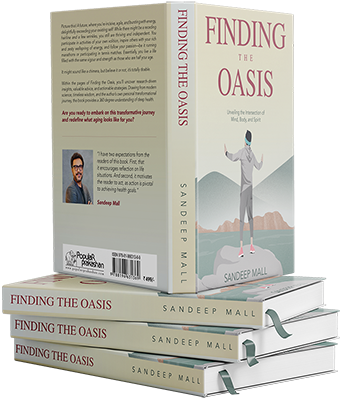Build Strength for Longevity: The Real Key to Aging Well
Longevity isn’t just about adding years to your life. It’s about staying strong enough to live those years well. You want to move with ease, stay injury-free, and remain physically capable – whether that means climbing stairs, lifting groceries, putting your suitcase in the overhead bin, or standing up from a low seat without help.
These tasks seem simple until they’re not. As you age, they become harder. Strength is what makes them possible. It directly shapes your quality of life.
Why Strength Matters More as You Age
There are two main reasons to build strength:
- To preserve your independence and quality of life.
Strength supports all the movements of daily living. If you can’t carry things, push or pull with confidence, or move freely without pain, your life becomes smaller. It limits how you show up for yourself, your partner, your kids, and your grandkids. - To protect your body from injury.
Injuries occur when the force placed on your body exceeds the load your tissues can handle. Strong muscles, tendons, and bones raise that threshold. They absorb stress before it reaches a breaking point. Stronger people have fewer injuries and less pain.
A personal example: I had spinal disc surgery and could barely walk 100 meters without pain. Today, I run long distances, hike hills, and carry my granddaughter on holidays. That turnaround came from strength training, not medication.
The Urgency: Strength Declines Fast
You lose strength much faster than muscle mass. Studies show adults can lose up to 30% of their muscle strength between ages 40 and 50. That rate accelerates every decade. This is why you need to train strength like your future depends on it—because it does.
Six Principles for Building Strength That Lasts
1. Train the 7 Functional Movements
These movements carry over directly into real life:
- Push: vertical (e.g., overhead press) and horizontal (e.g., push-up)
- Pull: vertical (e.g., pull-up) and horizontal (e.g., row)
- Squat
- Hip hinge
- Lunge
Training these movements builds a resilient, capable body. They correct imbalances, improve posture and mobility, and strengthen stabilisers making you not just strong, but functional. Train all seven at least twice per week.
2. Choose Joint-Friendly Variations
Don’t force yourself into exercises that cause pain. Pain is a signal, not a test of toughness. Choose alternatives that train the same movement pattern but suit your body better.
For example:
- If barbell back squats strain your knees or back, try goblet squats or landmine squats.
- If overhead presses hurt your shoulders, use a landmine press or seated dumbbell press with back support.
There are no mandatory exercises. There are only mandatory movements. Swap what doesn’t work.
3. Own the Weight, Don’t Let It Own You
Use a controlled tempo:
- 3 seconds to lower (eccentric)
- brief pause at the bottom (isometric)
- fast controlled lift (concentric)
- brief pause at the top
This tempo allows lighter weights to challenge you more, protects your joints, and improves your control. Don’t chase numbers. Chase quality.
4. Train Strength With Lower Reps
Most people default to light weights and high reps as they age. But that doesn’t stimulate the fast-twitch muscle fibers that preserve power and prevent falls.
Shift to heavier weights in the 3–6 rep range once your form is solid. These reps build neuromuscular coordination and increase strength more effectively than high reps. Use high reps for accessories, not your main lifts.
5. Strength Train 2–4 Times a Week
Three full-body sessions per week is the sweet spot for most people. It gives you time to recover, while leaving room for cardio. Recovery is where progress happens.
Strength plus cardio is the winning formula. Your VO2 max, your body’s ability to use oxygen , is one of the best predictors of long-term health. Together, functional strength and aerobic capacity create a health span worth having.
6. Don’t Neglect the Support Pillars
Strength doesn’t stand alone. It needs:
- Mobility: Spend 5 minutes a day on it. Do it while your coffee brews.
- Stability: Learn how to breathe and brace your core. This protects your spine.
- Cardio fitness: Do 2–3 cardio sessions a week. Prioritise Zone 2 (steady state) for endurance. Add short bursts of Zone 5 (high intensity) for power.
These elements improve how you move, how you feel, and how you recover.
Bottom Line:
Strength is not optional. It’s your ticket to independence, vitality, and a life on your terms. It’s never too early or too late to start building it.
If you’re over 40, this isn’t just training. It’s preparation for the decades ahead.





I am 72 years old. Having knee osteoarthritis. Have occasional back/ shoulder pain. Never gone to gym and don’t know any physical trainer. Whenever it gets worst I consult a doctor and they just prescribe pain killers /muscle relaxants. I don’t know how to do strength training. Can you advice please?
The easiest way would be to go to a gym and talk to a good trainer. Go to a good quality gym